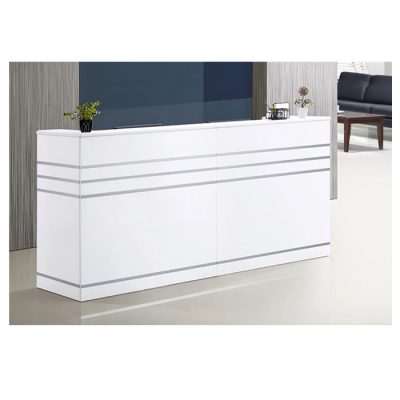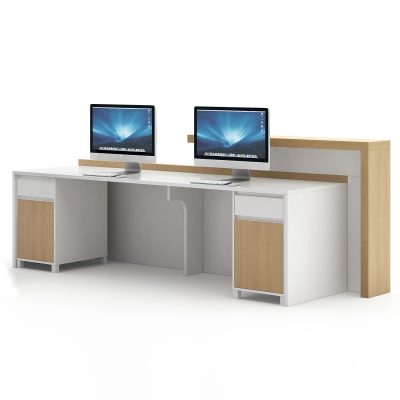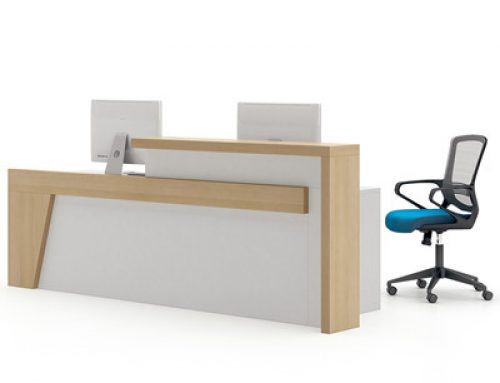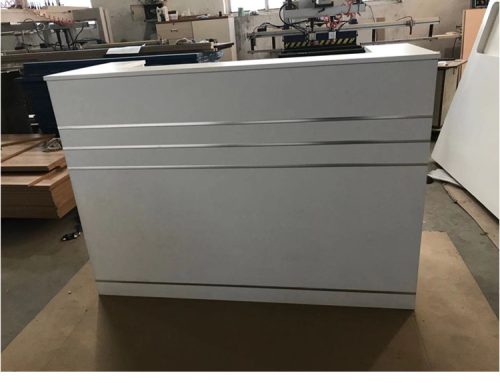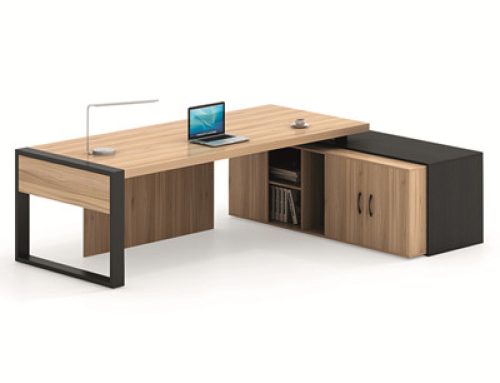Creating inviting office environments with visitor chairs involves designing spaces that are warm, comfortable, and conducive to productivity and collaboration. Here’s how you can achieve this:
- Comfortable Seating: Prioritize visitor chairs that are comfortable and supportive. Cushioned seats, ergonomic design, and proper lumbar support ensure that guests feel at ease during their visits.
- Open Layout: Arrange visitor chairs in a way that encourages interaction and openness. Avoid barriers that might hinder communication, and opt for configurations that promote face-to-face engagement.
- Natural Light: Position visitor chairs near windows or sources of natural light. Natural light creates a welcoming and positive atmosphere that enhances the overall environment.
- Color Psychology: Choose colors that evoke positive emotions and align with your office’s branding or design scheme. Soothing tones like blues and greens can promote a relaxed atmosphere, while warm tones create a sense of coziness.
- Flexible Seating Arrangements: Use movable and adaptable visitor chairs that allow you to rearrange the space for different purposes, whether it’s for presentations, discussions, or collaborative work.
- Variety of Spaces: Create a range of seating areas throughout the office, each with its own unique atmosphere. A combination of private nooks, open lounge areas, and formal meeting spaces accommodates various needs.
- Texture and Materials: Incorporate a mix of textures and materials to add depth and visual interest to the space. Soft fabrics, wood accents, and even a touch of greenery can enhance the welcoming feel.
- Personal Touches: Add personal touches like throw pillows, blankets, or decorative items that make the space feel homier and more inviting.
- Inclusive Design: Ensure that your visitor chairs are accessible to everyone, regardless of mobility or physical challenges. Choose chairs that accommodate different needs comfortably.
- Tech Integration: If the office environment involves technology, consider visitor chairs with integrated charging stations or tablet holders to keep guests connected.
- Quiet Zones: Designate quiet zones where guests can find a peaceful place to work or relax, away from the busier areas of the office.
- Greenery: Incorporate indoor plants to bring a touch of nature into the space. Plants not only improve air quality but also add a calming and inviting element.
- Artwork and Décor: Use art and décor to infuse personality into the environment. Thoughtfully chosen artwork and decorations can spark conversations and make the space feel more inviting.
- Privacy Balance: While open spaces promote interaction, also provide options for more private discussions. Consider acoustic panels or dividers to create semi-private seating areas.
- Feedback Loop: Continuously gather feedback from employees and visitors to understand how the space can be improved. This ongoing dialogue ensures that the environment remains inviting and functional.
Remember, the goal is to design an office environment that makes visitors and employees feel welcomed and valued. By combining comfort, aesthetics, and functional design, you can create inviting spaces that foster collaboration, creativity, and a positive work experience.
